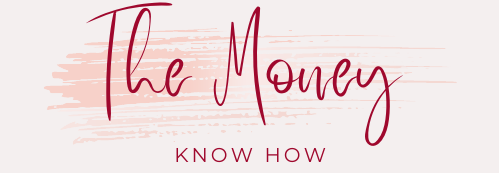
The past few years have been financially challenging for many Illinois residents. Between the COVID-19 pandemic, rising inflation, and economic uncertainty, making ends meet hasn’t been easy. If you’re an Illinois homeowner experiencing financial hardship, help may be available through the state’s Financial Hardship Loan Center.
The Illinois Financial Hardship Loan Center is administered by the Illinois Housing Development Authority (IHDA). It was created to help homeowners struggling with mortgage payments, property taxes, insurance, and other housing costs.
The Loan Center offers several programs
In addition to financial assistance, the Loan Center offers free housing counseling to help homeowners navigate their options. Counselors can also create debt management plans and connect homeowners with additional resources.
To qualify for most Illinois financial hardship programs, you must:
For ILHAF, your household income had to be at or below 150% of the area median income. The income limits may be different for other programs.
Your mortgage also needs to be below a certain threshold, such as $500,000 for ILHAF. And you must own just one property and live in Illinois.
Unfortunately, the ILHAF program is now closed due to lack of funds. However, you may still be able to get help through the IL HHF program or other resources.
To get started, here are some steps:
Once approved, the assistance funds will be paid directly to your mortgage servicer, local tax authority, insurance provider, or other approved entity.
If you don’t qualify for state-funded mortgage relief programs, here are some other options to explore:
Be sure to also ask your lenders, insurers, and utility providers about any hardship programs or payment plans they offer. Every little bit of relief helps!
The Illinois Financial Hardship Loan Center provides a valuable lifeline if you’re struggling with housing costs. Take the time to understand all your options and apply for mortgage relief programs if eligible. With hardship assistance and smart money management, you can get back on track and continue on the road to financial stability.
The Pritzker Administration, in partnership with the Illinois Department of Commerce and Economic Opportunity (DCEO), is leveraging federal funds to help Illinois families access and afford home energy assistance and other essential services. Building on the State’s Low-Income Home Energy Assistance Program (LIHEAP) and the Community Services Block Grant (CSBG) program, the State’s Fiscal Year 2024 (FY24) budget provides LIHEAP and CSBG support for eligible Illinoisans seeking assistance to cover costs of utility bills, rent, temporary shelter, food, and other household necessities.
The Help Illinois Families initiative has an online Request for Services form to make it easier and faster for individuals and families to remotely request assistance through the LIHEAP and/or CSBG programs. Assistance is subject to funding availability and completion of the form linked below does not guarantee assistance.
Note – Applying for these programs is a free service. Assistance in other languages is also available free of charge through Help Illinois Families website and call center. All households are encouraged to apply, regardless of immigration status.
Filling out the form below is the first step in a process that will be completed by local agencies throughout the state. Increased eligibility thresholds and other program flexibilities will continue for FY24 to assist additional households needing support.
All applications will be reviewed on a first come, first served basis and are subject to funding availability. More information on the application process can be found below.
What is the hardship program in Illinois?
Illinois Homeowner Assistance Fund (ILHAF) The Illinois Homeowner Assistance Fund Program provides direct financial assistance to prevent mortgage delinquencies, defaults, displacements, and foreclosures for income-eligible homeowners experiencing pandemic-related hardships.
Is the financial hardship loan center real?
A malicious scam has been surging lately , as reported by TNS’ Robocall Protection team, targeting individuals who carry debt and are looking for a lifeline. Callers claiming to be from a ‘financial hardship loan center’ are attempting to steal victim’s information or worse, digging them deeper into debt.
Is hardship personal loan legit?
Hardship personal loan programs are offered by many small banks and local credit unions . This type of loan tends to have low interest rates, low maximum loan amounts, and short repayment schedules. You may have to prove that you have genuine financial difficulty to qualify for a hardship loan.
Is there a such thing as a hardship loan?
Hardship loans are personal loans that typically come with fixed interest rates and payments that are due monthly until you repay the balance. After getting approved for a hardship loan, you’ll receive a lump-sum payment via direct deposit or check.